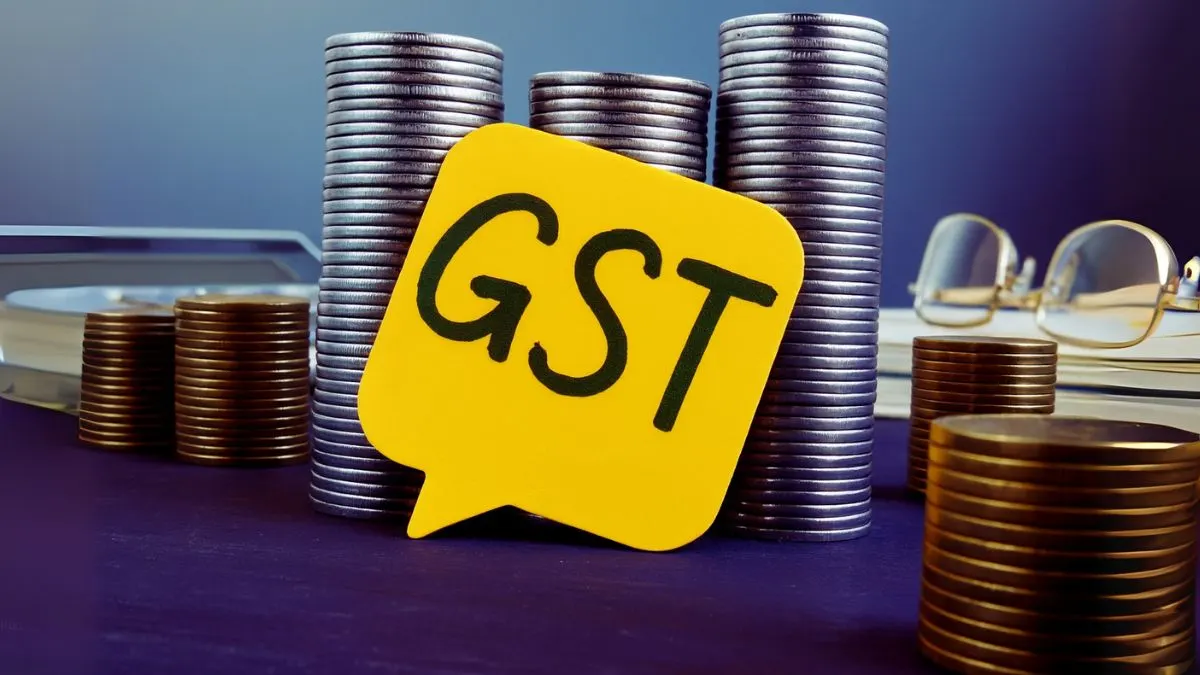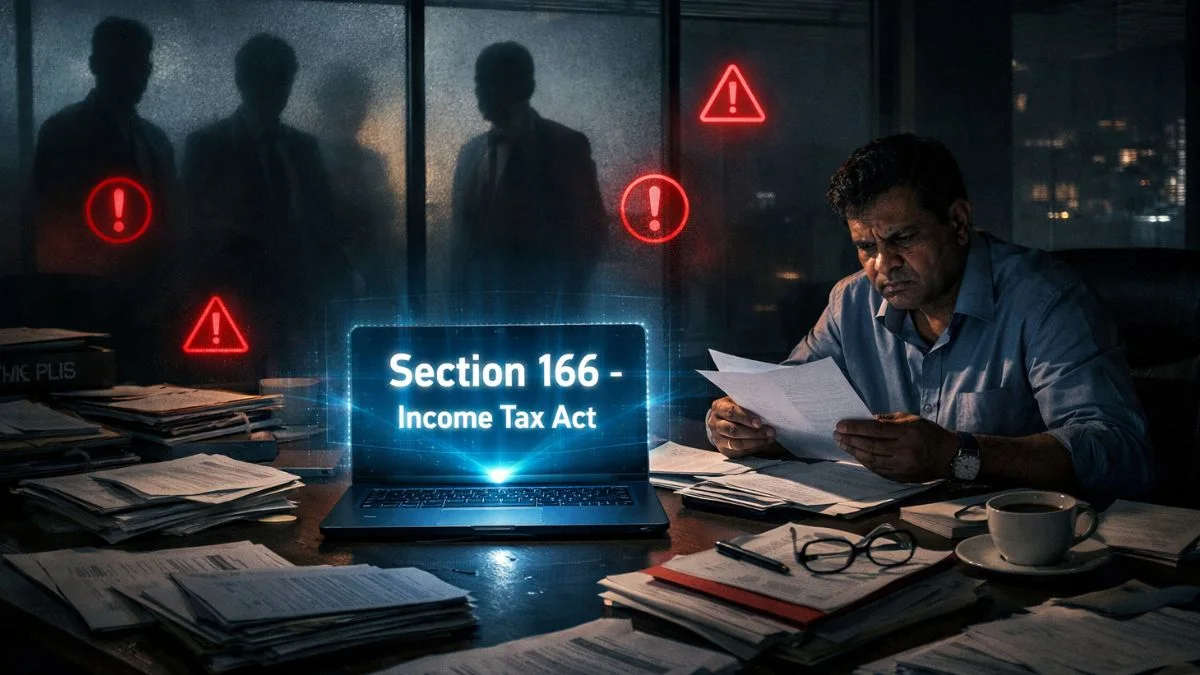
The Goods and Services Tax (GST) Council has announced sweeping reductions across a wide range of goods and services, from food products and medicines to footwear & automobiles. While the headline numbers promise relief, there is a critical caveat: many of these categories will now operate without the benefit of Input Tax Credit (ITC).
At first glance, the cuts appear to reduce the tax burden. But in practice, experts warn that this GST reduction without the benefit of input tax credit may backfire, especially for businesses that rely heavily on raw materials and intermediate services taxed at higher rates. When ITC is blocked, businesses cannot offset the tax they already pay on inputs, which often forces them to pass these costs on to consumers.
What is Input Tax Credit (ITC)?
The concept of ITC lies at the heart of GST. Under a credit-based system, a business can claim back the taxes it paid on purchases (inputs) while calculating its overall tax liability on sales (outputs). This prevents the cascading effect of "tax on tax."
For example, a manufacturer buying raw materials taxed at 18% could use ITC to reduce its final liability when selling finished goods. Without ITC, however, the manufacturer bears the entire tax burden, inflating production costs.
This is why many economists argue that a GST reduction without ITC may not truly benefit the end consumer—it simply shifts the tax pressure from one stage of the supply chain to another.
Why Removing ITC With GST Cuts Can Backfire
On paper, reducing GST rates looks like a consumer-friendly move. But when the GST reduction without the benefit of input tax credit is applied, several issues arise:
- Higher costs for businesses – Companies can’t claim credits on taxes already paid, pushing up effective production costs.
- Prices may remain the same – Instead of dropping, consumer prices may stabilize at current levels or even rise.
- Erosion of transparency – The ITC mechanism ensures traceability & compliance. Blocking ITC can encourage informal practices."
- Sectoral inequality – Some industries with complex supply chains suffer more than others, creating market imbalances.
This paradox explains why industry bodies have raised red flags despite lower GST headlines.
Also Read: New GST Rates List 2025: The Festive Season Tax Shake-Up Starting This Navratri
Sectors Most Affected
- Food & Beverages
While essentials like milk, paneer, and biscuits now fall into lower GST brackets, manufacturers in this sector often purchase inputs—like packaging materials, flavors, and additives—taxed at 18%. Without ITC, these costs can’t be offset. The result? Margins shrink, and companies either absorb the loss or raise retail prices.
- Pharmaceuticals
Medicines & medical supplies have seen significant GST cuts. But pharmaceutical companies buy lab chemicals, packaging, and logistics services taxed at higher slabs. Blocking ITC here could dilute the benefit of cheaper medicines, particularly for small players.
- Footwear & Apparel
Footwear below ₹1,000 is now taxed at 5%, which sounds positive. Yet, manufacturers source raw materials like leather, rubber, and adhesives at higher GST rates. Without ITC, the final retail price may not fall much, undercutting the government’s intention.
- Construction & Cement
The cement sector welcomed the GST cut from 28% to 18%, but builders often rely on multiple taxed inputs—steel, paints, tiles, sanitary ware—still taxed at 18%. Without ITC, the construction value chain loses efficiency, potentially leaving homebuyers with little visible relief.
- Automobiles
While compact cars and two-wheelers now fall in the 18% slab, auto manufacturers face complex supply chains where components like tyres, batteries, and electronics are taxed higher. Removing ITC risks reducing the industry’s ability to pass benefits to buyers.
The Middle-Class Dilemma
The middle class is often the intended beneficiary of GST cuts. However, if businesses can’t claim ITC, consumers may see no significant price drop despite headline announcements. Worse, some categories like services (e.g., gyms, beauty, education) may face disguised cost recovery through service charges.
This creates a situation where GST reduction without ITC may backfire, leaving the middle class disappointed & potentially skeptical about tax reforms.
Industry Reactions
Several industry associations have voiced concerns. The Clothing Manufacturers Association of India (CMAI), for instance, warned that lower GST without ITC hurts small garment makers who rely on multiple taxed inputs. Similarly, FMCG companies argue that packaging and logistics costs erode any tax benefits.
While larger corporations may absorb some of the loss, smaller businesses are more likely to pass on costs to consumers. This uneven impact threatens to distort competition."
Economic Implications
Blocking ITC has broader economic consequences:
- Revenue collection – Short-term GST revenue may rise since ITC claims shrink, but long-term compliance could weaken.
- Informal practices – Businesses may avoid formal channels to cut costs, reducing transparency.
- Inflationary risk – Instead of reducing prices, some categories could see hidden inflation.
- Market distortion – Some sectors become artificially disadvantaged, affecting growth & investment.
This is why experts suggest that ITC should remain a cornerstone of GST, regardless of rate cuts.
Also Read: Bata’s Big Step: GST Cuts Now Mean Cheaper Footwear for You
Alternatives to Consider
If the government’s goal is to provide real relief, alternatives include:
- Keeping ITC intact even at lower GST rates, ensuring fairness across the supply chain.
- Targeted subsidies for critical sectors like healthcare and education rather than across-the-board ITC blocking.
- Gradual rationalisation of slabs, ensuring inputs & outputs align more closely.
- Encouraging compliance by simplifying ITC claims rather than eliminating them.
These measures would preserve the integrity of GST while still delivering consumer benefits.
Final Thoughts
The government’s intention behind rate cuts is clear: to stimulate demand and provide relief to households. But a GST reduction without the benefit of input tax credit may backfire if businesses absorb higher input costs and fail to pass savings on to consumers.
Industries like food, pharma, footwear, cement, and automobiles face this dilemma acutely. Without ITC, the very mechanism that made GST a transparent & efficient tax system risks being undermined.
For consumers, this means caution—don’t assume lower GST rates will always equal lower prices. For policymakers, it’s a reminder that ITC is not just an accounting tool but the backbone of GST’s credibility.











